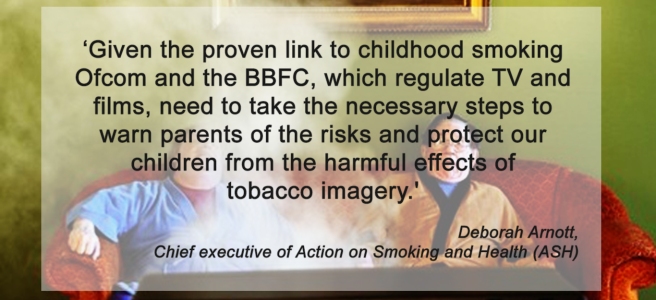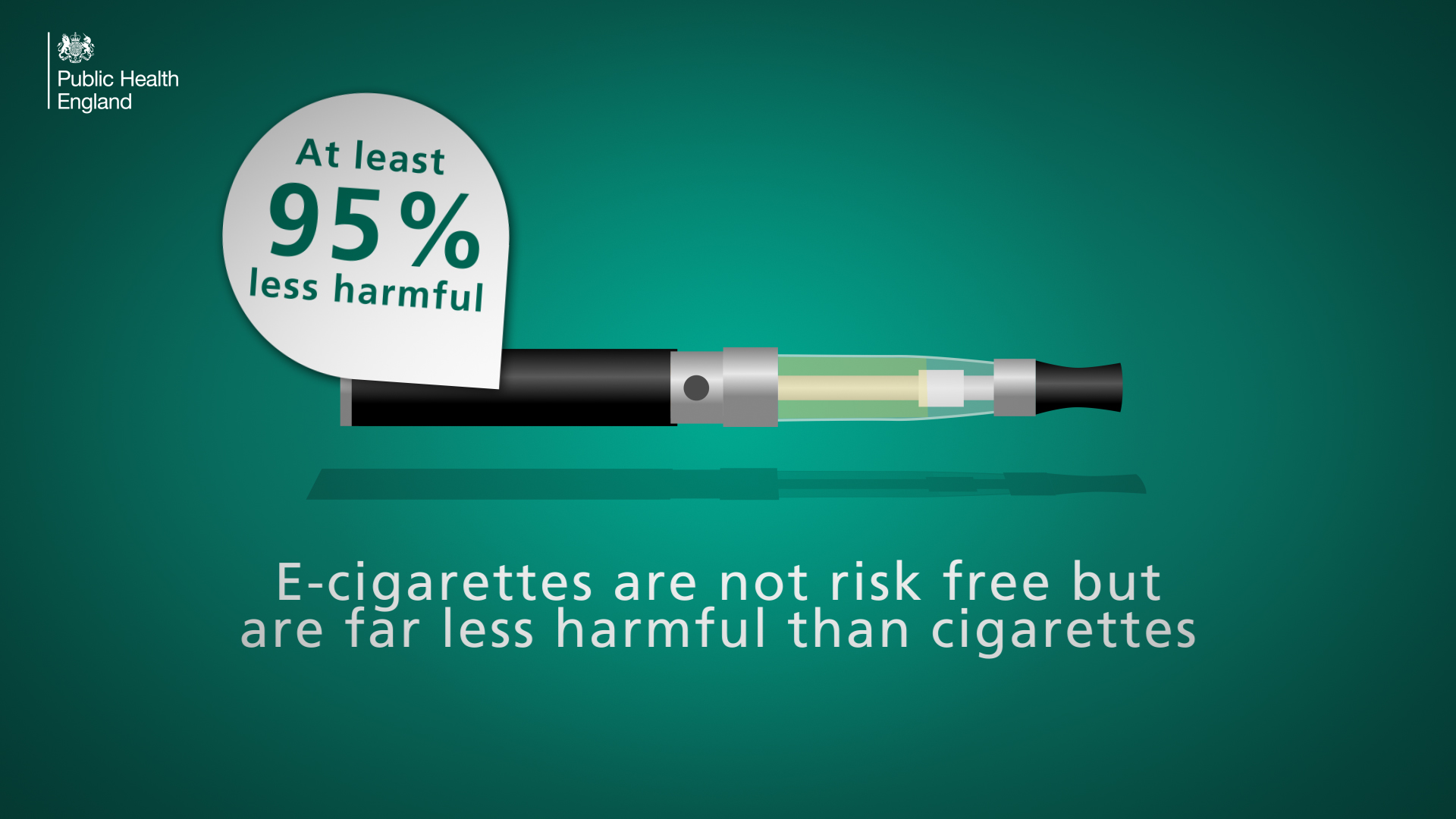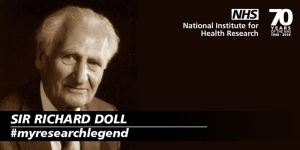Tobacco content still common on UK prime time TV, despite regulations
Likely to heavily influence young people’s take-up of smoking, say researchers
Tobacco content remains common on UK prime time TV, cropping up in a third of all programmes, despite advertising and broadcasting regulations designed to protect children from this kind of exposure, reveals research published online in the journal Tobacco Control.
The amount of exposure has hardly changed in five years, and is likely to heavily influence young people’s take-up of smoking, say the researchers.
Tobacco content in film has been covered extensively, but relatively little attention has been paid to its inclusion on prime time TV, despite the fact that children are likely to spend more time watching TV than they are films, they point out.
The researchers therefore analysed the tobacco content of all programmes, adverts, and trailers broadcast on the five national free to air TV channels between 1800 and 2200 hours during the course of three separate weeks in September, October, and November 2015.
Their analysis included any actual or implied use, such as holding a cigarette without smoking it, or making a comment about smoking; smoking/tobacco paraphernalia; and presence of branding in 1 minute intervals. The results were then compared with those of a similar analysis carried out in 2010.
In all, 420 hours of broadcast footage, including 611 programmes, 909 adverts, and 211 trailers, were analysed.
Some 291 broadcasts (17% of all programmes) included tobacco content. The channel with the most tobacco content was Channel 5, and the one with the least was BBC2.
Tobacco content occurred in one in three TV programmes broadcast, and nearly one in 10 (8%) adverts or trailers.
Actual tobacco use occurred in one in eight (12%) programmes, while tobacco related content–primarily no smoking signs–occurred in just 2 percent of broadcasts. Implied use and branding were rare.
Although most tobacco content occurred after the 9 pm watershed, it still occurred on the most popular TV channels before then. And comparison with the previous analysis in 2010 showed that the number of 1 minute intervals containing any tobacco content increased, rising from 731 to 751 in 2015.
Tobacco advertising, promotion and sponsorship, including paid product placement in TV adverts, is banned in the UK, but tobacco imagery in TV programmes and trailers is exempt, and covered instead by media regulator, OfCom’s, broadcasting code.
This code is designed to protect children by restricting depictions of tobacco use in children’s programmes, and preventing the glamorisation of smoking in programmes broadcast before 9 pm.
“Audiovisual tobacco content remains common in prime-time UK television programmes and is likely to be a significant driver of smoking uptake in young people,” emphasise the researchers.
“Guidelines on tobacco content need to be revised and more carefully enforced to protect children from exposure to tobacco imagery and the consequent risk of smoking initiation,” they added.
‘The number of smokers in the UK has fallen significantly since 2010 yet this research finds smoking is just as common on our screens. Given the proven link to childhood smoking Ofcom and the BBFC, which regulate TV and films, need to take the necessary steps to warn parents of the risks and protect our children from the harmful effects of tobacco imagery.’
Deborah Arnott, chief executive of Action on Smoking and Health.
Notes for editors:
Research: Content analysis of tobacco content in UK television doi 10.1136/tobaccocontrol-2018-054427
Journal: Tobacco Control
Link to Academy of Medical Sciences press release labelling system: http://press.psprings.co.uk/AMSlabels.pdf
Author contact: Dr Alex Barker, Division of Epidemiology & Public Health, UK Centre for Tobacco and Alcohol Studies, University of Nottingham, Nottingham, UK. Email: alexander.barker@nottingham.ac.uk
Other links:
Tobacco on TV influences children, study finds | iNews










 Also, due to research which was only possible because of his early work, I can offer smokers numerous types of cessation support. It’s even possible to refer on to Stop Smoking Services (SSS) for specialist help, though a major cloud on the horizon is that these vital services are no longer universal; they are endangered.
Also, due to research which was only possible because of his early work, I can offer smokers numerous types of cessation support. It’s even possible to refer on to Stop Smoking Services (SSS) for specialist help, though a major cloud on the horizon is that these vital services are no longer universal; they are endangered.


